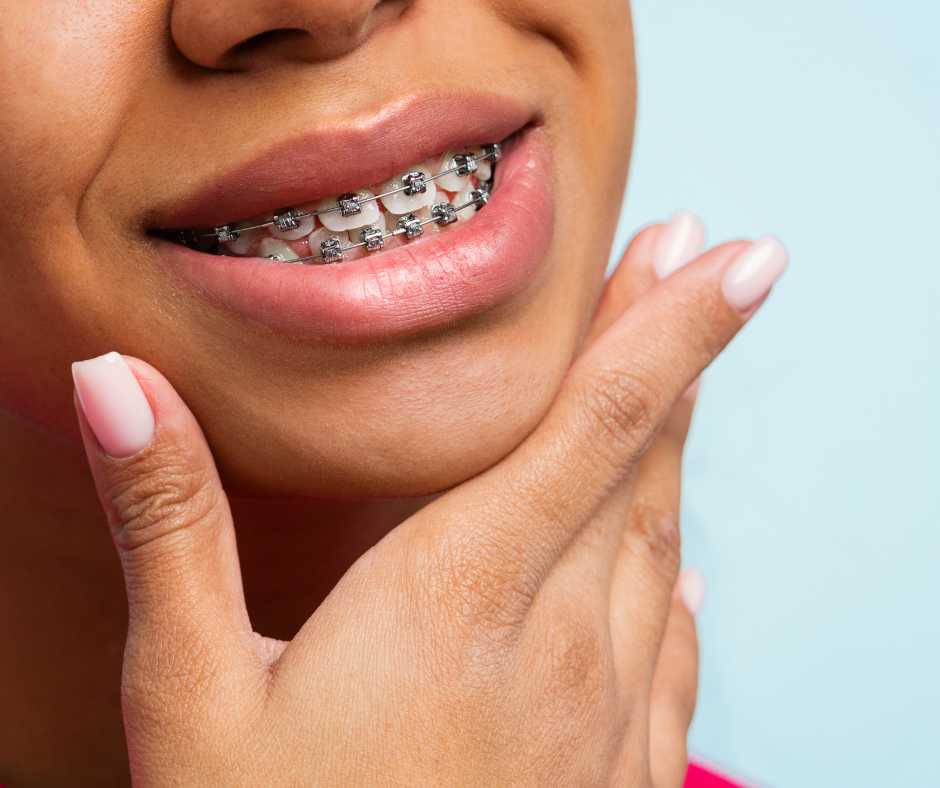Introduction:
The pursuit of a captivating smile goes beyond aesthetic desires; it is deeply rooted in the science of orthodontics. As a field that blends artistry with precise scientific principles, orthodontics plays a crucial role in not only enhancing the appearance of smiles but also in promoting oral health. In this exploration, we delve into the intricate science behind orthodontics, uncovering the mysteries of misalignments, the mechanics of correction, and the transformative power of a well-aligned smile.
Chapter 1: Understanding Misalignments
Misalignments, or malocclusions, are deviations from the ideal positioning of teeth and jaws. These can manifest in various forms, such as overbites, underbites, crossbites, and crowded or spaced teeth. The causes are diverse, ranging from genetic factors to childhood habits like thumb sucking. Understanding the specific nature of misalignments is the first step in the science of orthodontics, guiding orthodontic professionals in developing personalised treatment plans.
Chapter 2: The Biomechanics of Tooth Movement
At the heart of orthodontics lies the science of biomechanics, which explores the movement of teeth within the oral cavity. Orthodontic appliances, such as braces and aligners, apply controlled forces to teeth, stimulating bone remodelling. This process allows teeth to shift gradually into their desired positions. The science of biomechanics not only considers the aesthetics of a straight smile but also the functionality of a well-aligned bite, contributing to overall oral health.
Chapter 3: Tools of the Trade
Orthodontic professionals employ a range of tools to manipulate tooth movement and correct misalignments. Traditional metal braces use brackets and wires to apply force, while ceramic braces offer a more discreet option. Clear aligners, made from advanced materials, provide an alternative for those seeking nearly invisible correction. The selection of tools is informed by the unique needs and preferences of each individual, emphasising the personalised nature of orthodontic science.
Chapter 4: Technological Advancements
In recent years, technological advancements have revolutionised the field of orthodontics. 3D imaging, computer-aided design, and simulation technologies allow orthodontic professionals to visualise the entire treatment process before it begins. This not only enhances precision but also offers patients a glimpse into the anticipated results. Additionally, the rise of teledentistry has made orthodontic consultations more convenient, enabling individuals to explore treatment options from the comfort of their homes.
Chapter 5: The Intersection of Art and Science
Orthodontics is not merely a mechanical process; it is an art form that considers facial aesthetics and harmony. Orthodontic professionals carefully analyze facial features, proportions, and individual preferences to craft smiles that are not only straight but also natural and harmonious with each patient's unique characteristics. The intersection of art and science is evident in the final result—a transformed smile that not only looks beautiful but also functions optimally.
Summary:
The science of smiles encompasses a multidimensional approach, blending the precision of biomechanics with the artistry of facial aesthetics. Orthodontics is not just about straightening teeth; it's about restoring balance, function, and confidence. As technology continues to advance, the field evolves, offering more sophisticated and personalised solutions. Whether you're considering orthodontic treatment for health reasons or to enhance your smile, understanding the science behind it empowers you to make informed decisions, setting the stage for a journey that goes beyond aesthetics to embrace the transformative power of a scientifically crafted smile. For more information visit dentist Newcastle NSW.


No comments yet